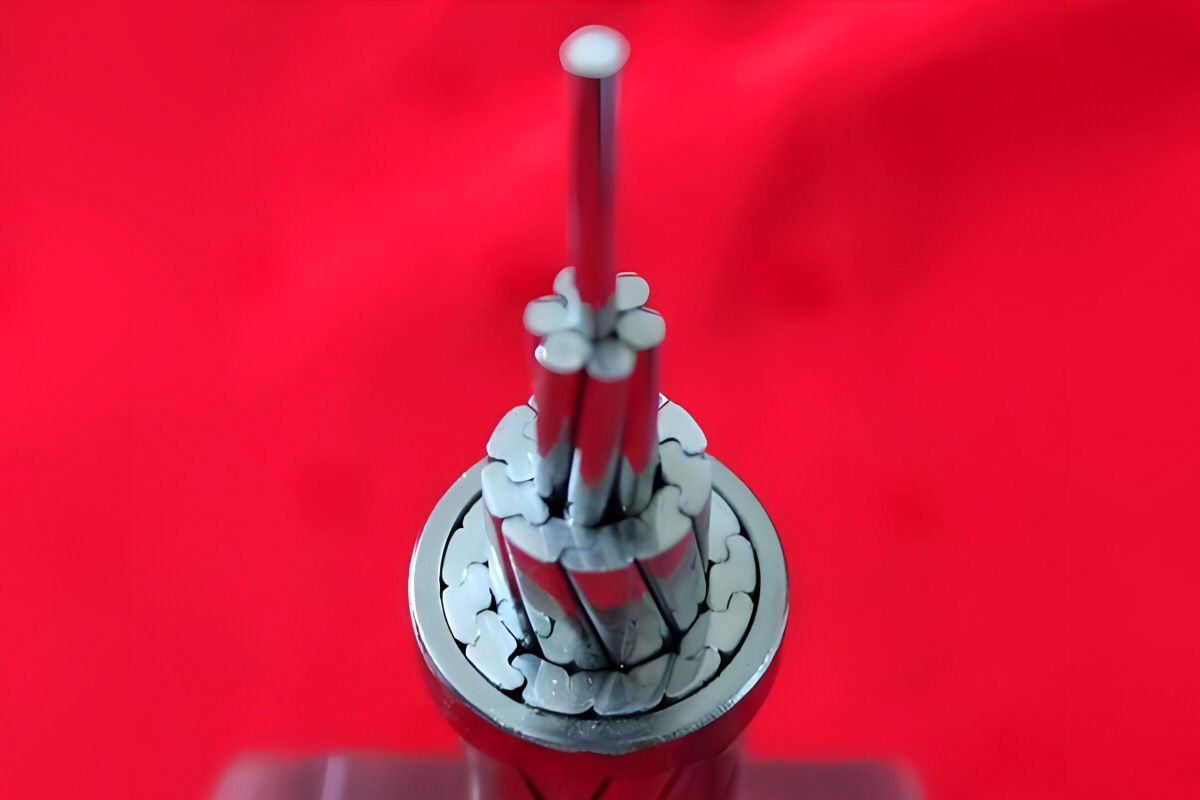Conductors are the main part of wire and cable products, playing a key role in the transmission of electricity or information. The structure of the driver, including its shape, cross section, composition and material, Depends on product function and application needs. Now let's explore the different types of conductors with special shapes in cables, its advantages and disadvantages, and how the associated challenges can be mitigated.
Table of Contents
- Types of Round and Specially Shaped Conductors
- Electric conductivity
- Driver Flexibility
- Differences in Cross Section
- Advantages of Conductors with Special Shapes
- Disadvantages of Specially Shaped Drivers
- Mitigation measures
- Conclusion
Types of Round and Specially Shaped Conductors
Round Conductors
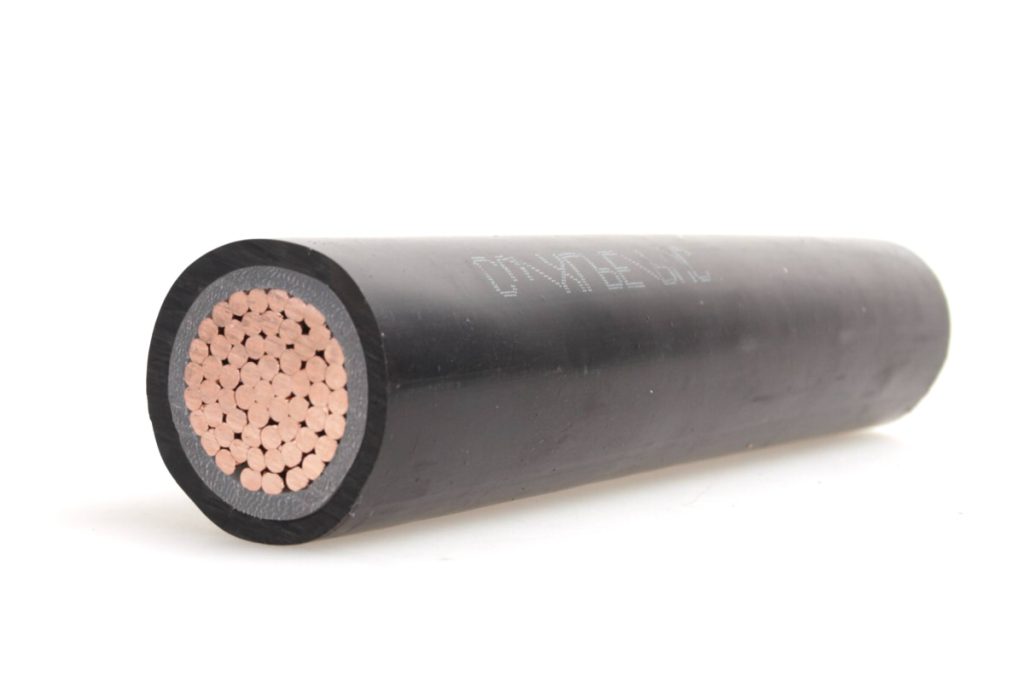
- Round Monowires: They consist of a single solid strand and are used in applications where a rigid and robust conductor is needed..
- Round Braided Threads: Made up of several fine threads twisted together, providing greater flexibility than monowires.
- Compact Braided Threads: The wires are compacted to reduce the overall diameter of the conductor, which improves space efficiency.
- Hollow Round Braided Threads: Used in special applications where the conductor needs to be lighter or allow the passage of another material through its interior..
Drivers with Special Forms
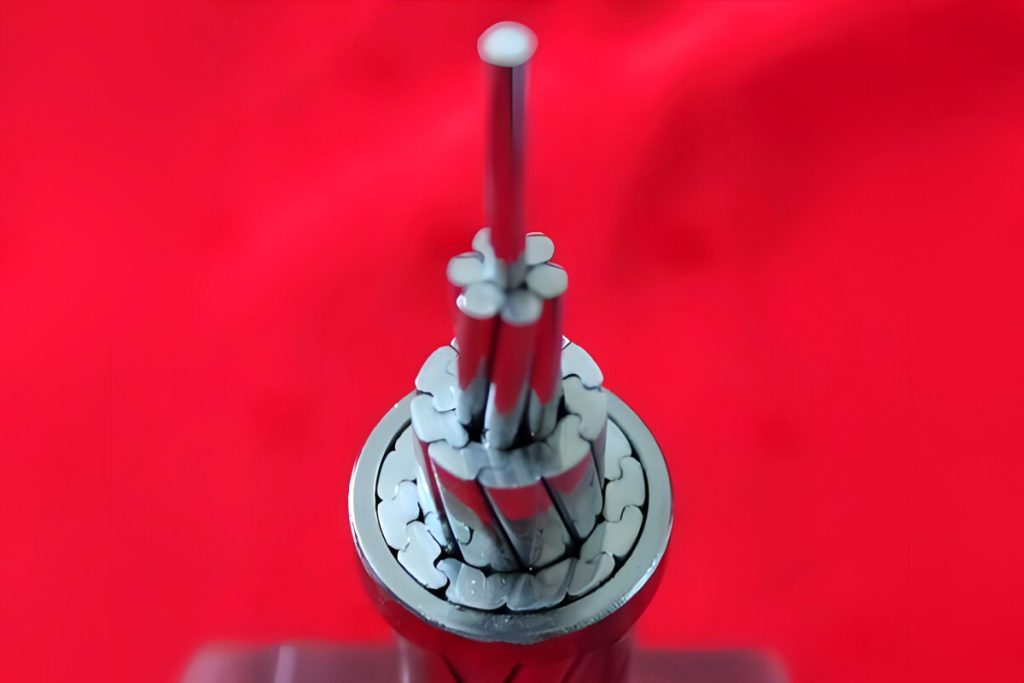
- Sector Shaped Conductors: These conductors have a shape similar to a sector of a circle., allowing several of them to fit more compactly within a multicore cable.
- Trapezoidal Conductors: They have a trapezoidal cross section, reducing cable size and improving current distribution.
- Flat Conductors: They have a rectangular or elliptical cross section, Used in applications where space is limited and a larger contact area is needed.
- Rectangular Conductors: Used in high power systems and in restricted spaces, providing higher current capacity in a compact profile.
- Non-Metallic Conductor Structures: Used in specific applications where properties other than those of metals are required, such as corrosion resistance or extreme flexibility.
Electric conductivity
The electrical conductivity of a conductor is a key factor that affects the transmission efficiency of cables. Los multi-strand round conductors may show higher resistance and current concentration due to spaces between the wires, leading to greater power loss in high frequency and long distance transmissions. This phenomenon, known as skin effect, intensifies at high frequencies, where the current tends to concentrate on the external surface of the conductor, increasing its effective resistance.
Round Conductors vs.. Drivers with Special Forms
Round Conductors
- Skin and Proximity Effect: In round conductors, skin effect and proximity effect can cause uneven current distribution, increasing resistance and energy losses.
- Inductance Losses: The spaces between the strands in multi-strand round conductors can increase the inductance, resulting in higher losses in high frequency transmissions.
Drivers with Special Forms
- Uniform Current Distribution: In conductors with special shapes, like flat and rectangular ones, geometry allows for more uniform current distribution, reducing resistance and improving transmission efficiency.
- Lower Resistance: The lower resistance in conductors with special shapes is due to the reduction in the spaces between the wires., which minimizes the skin effect and proximity resistance.
- Loss Reduction: The optimized shape of these conductors can significantly reduce heating losses, improving the energy efficiency of the system.
Driver Flexibility
The cable flexibility It is crucial to determine its suitability in various applications. Flexibility is defined as the driver's ability to bend and move without damage or loss of performance..
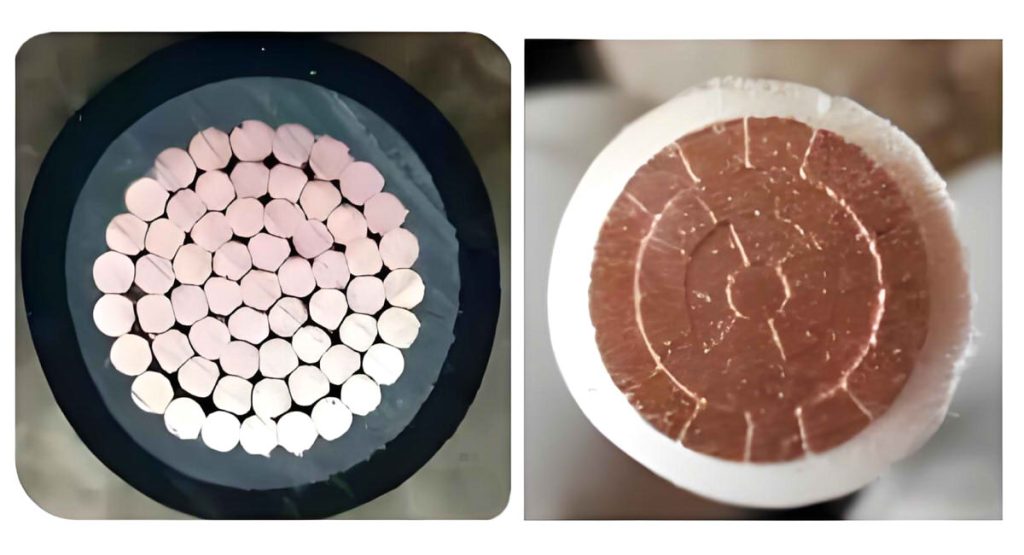
Round Conductors vs.. Drivers with Special Forms
Round Conductors
- High Flexibility: Round multi-strand conductors are highly flexible due to the stranded structure allowing for easy handling and movement.
- Mobile apps: They are ideal for applications that require frequent movements, as connection cables for mobile equipment and robotic applications.
- Lower Durability in Static Environments: In applications where the cable is not moved frequently, round conductors may not be as durable due to mechanical wear from repeated bending.
Drivers with Special Forms
- Less Flexibility: Flat and rectangular conductors are usually less flexible due to their compact and geometric structure..
- Fixed Applications: They are best suited for fixed installations where frequent movement is not required., as in electrical panel wiring, industrial facilities and power distribution systems.
- Greater Durability in Static Environments: Due to its robust structure, these drivers like HTLS can offer greater durability and life in static applications.
Factors Affecting Flexibility
- Driver Material: Flexibility also depends on the conductor material. Metals like copper and aluminum offer different levels of flexibility, with copper generally being more flexible.
- Thread Diameter: Conductors composed of finer strands tend to be more flexible than those with thicker strands.
- Insulation and Wrapping: The type of insulation and the way the conductor is wrapped also affect its flexibility.. Softer insulation materials can improve cable flexibility.
Differences in Cross Section
The cross section of a conductor is crucial in determining its ability to carry electric current.. Cables with specially shaped conductors, compared to traditional round conductors, present significant differences in terms of space utilization and efficiency in current transmission.
Round Conductors vs.. Drivers with Special Forms
Round Conductors
- Major Cross Section: Round multi-strand conductors usually have a larger cross section due to the spaces between the strands. This can lead to less efficient use of space within the cable..
- Current Distribution: Current distribution in round conductors may be less uniform, which can result in higher resistance losses and proximity effects.
- Space Efficiency: Although round conductors are easy to manufacture and handle, They may not be the best option when you need to optimize the use of space.
Drivers with Special Forms
- Reduced Cross Section: Cables with specially shaped conductors, like the plans, rectangular and trapezoidal, They generally have a smaller cross section. This reduction is usually between 5% and the 10% compared to round conductors.
- Efficient Use of Space: The optimized geometry of these conductors allows for more efficient use of the available space within the cable., which is crucial in applications where space is limited.
- Largest Contact Area: Special shapes provide a larger contact area between the threads, improving conductivity and reducing resistance.
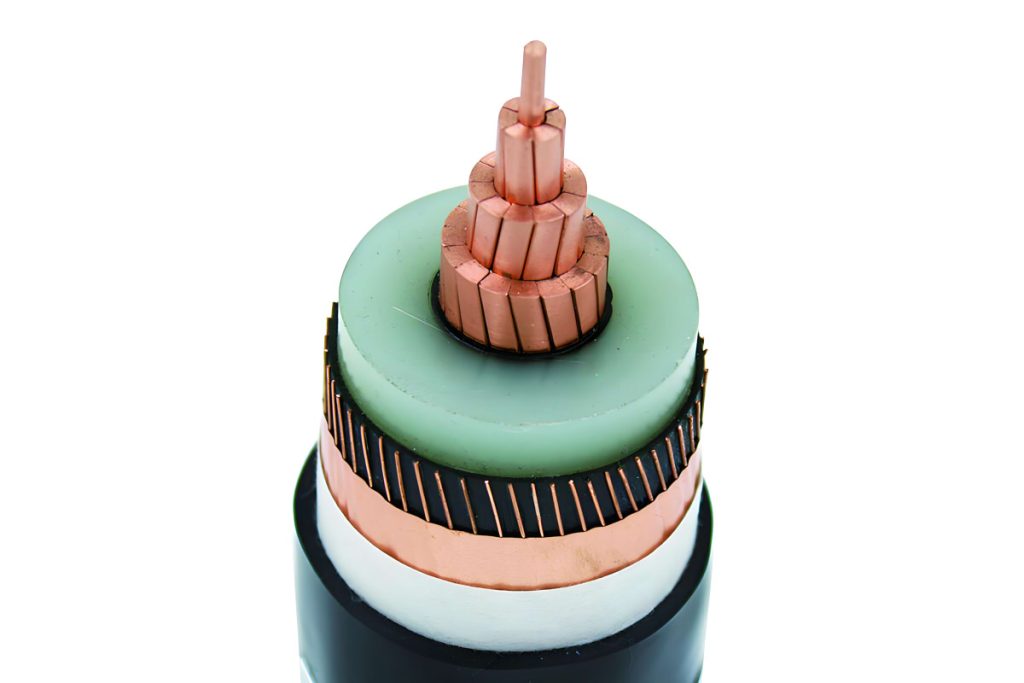
Advantages of Conductors with Special Shapes
Space Optimization: The main advantage of conductors with special shapes is their ability to optimize the use of space. This is especially important in applications where space is a critical limitation., as in aircraft, compact vehicles and electronic devices.
Higher Current Capacity: The special shape of these conductors allows for a higher current capacity compared to round conductors of similar size. This is due to the reduction of the spaces between the wires and the improvement in current distribution. Thus, They are also often used in long distance submarine cables.
Loss Reduction: By minimizing resistance and improving current distribution, Specially shaped conductors can significantly reduce energy losses due to heating. This improves the energy efficiency of the system and can extend the life of the cable..
Disadvantages of Specially Shaped Drivers
Localized Electric Fields: The irregular shape of conductors can lead to the formation of localized electric fields, resulting in loss of energy and electromagnetic radiation, which may affect the normal operation of surrounding equipment.
External Electromagnetic Interference: Cables with specially shaped conductors are more susceptible to external electromagnetic interference than cables with traditional conductors, potentially causing power leaks and failures.
High Installation and Maintenance Costs: Specially shaped conductors are more complex and expensive to manufacture, install and maintain.
Mitigation measures
- Improved Coating: Use protective coatings to reduce external electromagnetic interference.
- Optimized Design: Employ proper winding and switching methods to reduce power loss in transmission.
- Electromagnetic Shielding: Implement electromagnetic shielding technology to prevent power leaks and failures.
- Advanced Maintenance: Introduce smart maintenance technologies to improve cable reliability and stability.
Conclusion
Although cables with specially shaped conductors can present some challenges and higher costs, These problems can be mitigated with appropriate measures, improving the performance and reliability of special electrical cables. Specially shaped conductors are ideal for specific applications where space and efficiency are crucial.

